According to the 2021 Retail Security Survey, 65% of retailers recorded increased organized retail crime (ORC) during COVID-19 compared to the previous year, focusing on various items such as branded clothing and laundry detergent, drugs, and alcohol, luxury goods, and personal belongings. Electronic article surveillance (EAS) with security tags and labels is a loss prevention method used by 68% of retailers worldwide and can reduce theft by 60—80%. They reduce losses from theft more efficiently than hiring extra staff to keep track of your customers. In addition, security tags on goods can make thieves think twice before stealing. So, how do store alarms work? The article will explain in detail what it is and how it works.
1. What are the main components of anti-theft store alarms?
The main components of anti-theft store alarms consist of three components: electronic antenna, electronic tag, and detacher or deactivator. They are 3 essential parts that work together to monitor and protect the store goods.
Security tags and label

What is a security tag? A security tag is a tiny transmitter placed on the store merchandise. It consists of a signal transmitter inside and a hard outer shell in circles, squares, and pencil shapes. Round or clamshell-style tags have a pin and are the most difficult for merchants to remove. In addition, it’s difficult for employees to force the tip of a pin through the product without significantly cutting or tearing it. Thus, we’ll guide you on how to stop security tags from going off when managing retail operations at the end of this article.
Unlike hard tags, there are soft security labels which are suitable for high-volume but low-value goods, non-perishable groceries, and pharmaceuticals such as books, CDs, and hardware. However, it’s only capable of one-time use. In addition, labels can quickly become adherent to very low profile or flat products.
Anti-theft antenna

Anti-theft antenna is a single pedestal antenna or two or three antennas placed in a doorway or a store entrance. Additionally, some retailers hide them in door frames, overhead, or under the floor at the entrance. There are 4 types of electronic antenna based on the type of EAS system, including:
- Microwave
- Magneto-harmonic
- Radio frequency
- Acousto-magnetic
Detacher or deactivator
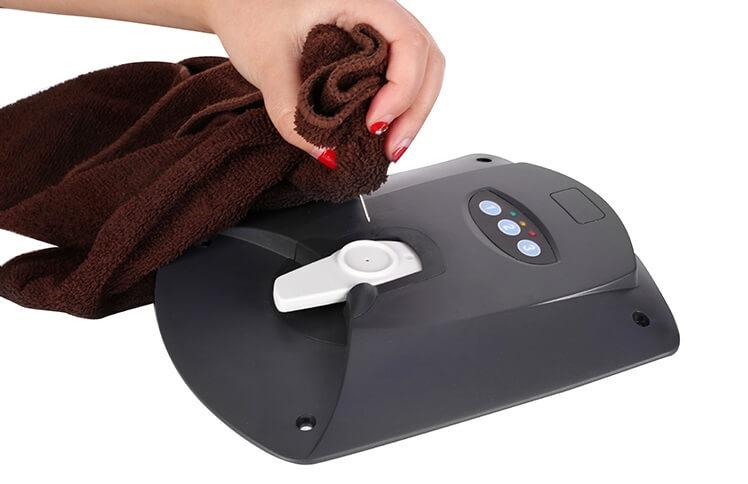
Detacher or deactivator works by interrupting the circuit inside the security tags and labels. However, cashiers can remove security tags at the cash register after customers pay for their products. From there, security tags and labels no longer emit a signal, and customers can pass near the antenna without causing an alarm.
How do store alarms work?
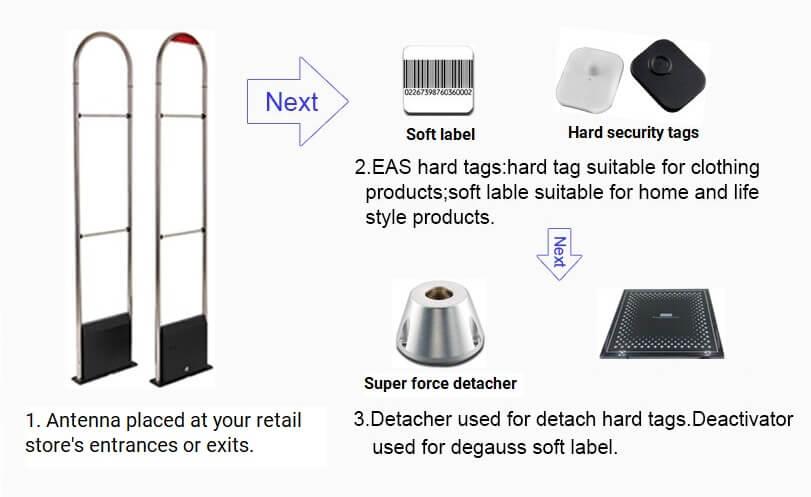
Store alarms are usually placed on both sides of each store exit. The detection system will sound an alarm or alert the staff of theft when active tags pass by. They are sensor-based using a combination of radiofrequency, electromagnetic technology, sensors, metal detectors and connect to software that controls alarm sensitivity, volume, and duration. Their working process is as follows:
- Step 1: Special tags and labels are permanently attached to the merchandise in the inventory and barcode management process.
- Step 2: Cashiers can disable this tag or label when the item is appropriately purchased or inspected. To remove the security, the cashier uses a splitter to release the pin.
- Step 3: After cashiers deactivate or remove the label, customers can walk past the antenna without alarm. Otherwise, when the sensor passes the detection device, an alarm will sound.
To better understand the EAS system process better, let’s see how each component works.
How do store sensors work?
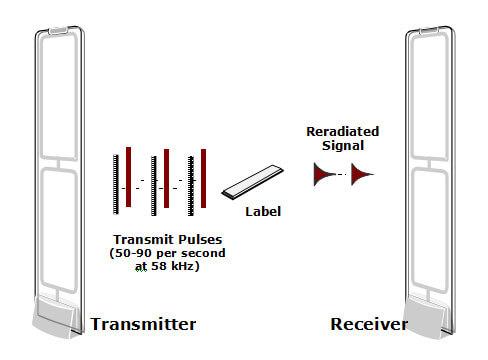
The store sensors detect light reflected by the lighting system. From there, it generates an analog signal that is sent to the decoder. Then, security tags and labels attached to the products in the store respond to the signal. After scanning the barcode in labels, the decoder interprets the signal, uses the check digit, and converts it to text to authenticate it. Otherwise, if an item with an active tag or label walks past these antennas, an alarm will sound to alert your store staff.
How do security tags work?
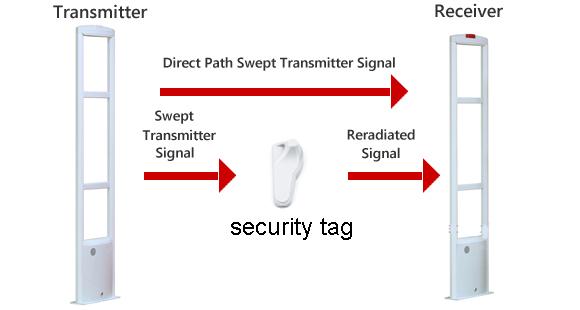
Attaching a security tag to your products can trigger an alarm if customers walk out with the product still tagged through the electronic sensors at the exit. In addition, “How do clothing security tags work?”. The security tag is inserted through the item with a pin that locks onto the security tag for delicate items like clothing. Moreover, security tags can be attached to all products like accessories, alcohol, and eyeglasses for constant communication with the antenna guarding the store entrance.
How do theft detectors work?
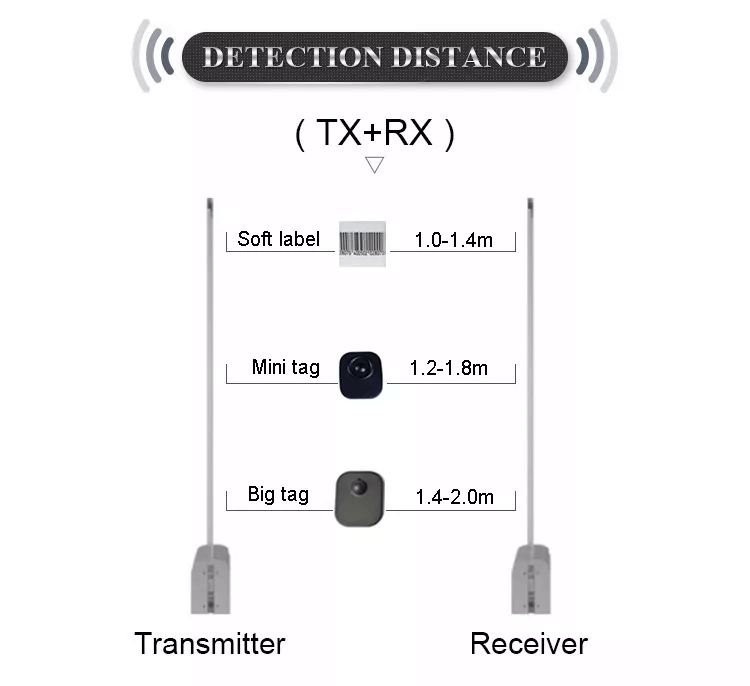
Besides a transmitter and receiver in the doorway, every item in the store has a concealed RF tag for theft detectors. It’s used in 2 widely used EAS systems: Acousto Magnetic (AM) and radio frequency (RF). The main difference is the type of frequency they use (measured in Hertz). The AM system operates at 58 kHz, sending out 50–90 times a second. Meanwhile, RF operates at 8.2 MHz. The receiver hidden in the other door gate picks up the radio signal transmitted by the tag and sounds the alarm.
How to deactivate anti theft strips
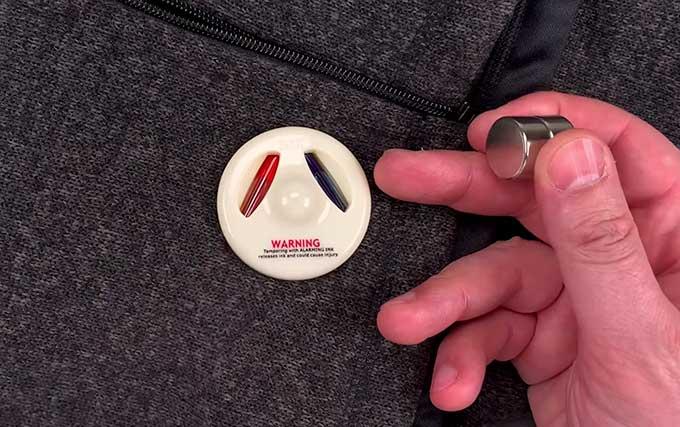
To deactivate anti-theft strips, you need to magnetize the strip along its length. There are ways to do this; bringing it into close contact with anything magnetic could erase the information encoded on the magnetic strip or place a strong enough magnetic field along the length of the strip. In retail stores, cashiers can use a magnetic removal tool to turn off the security tag, and then anti-theft strips are demagnetized.
How to remove security tag
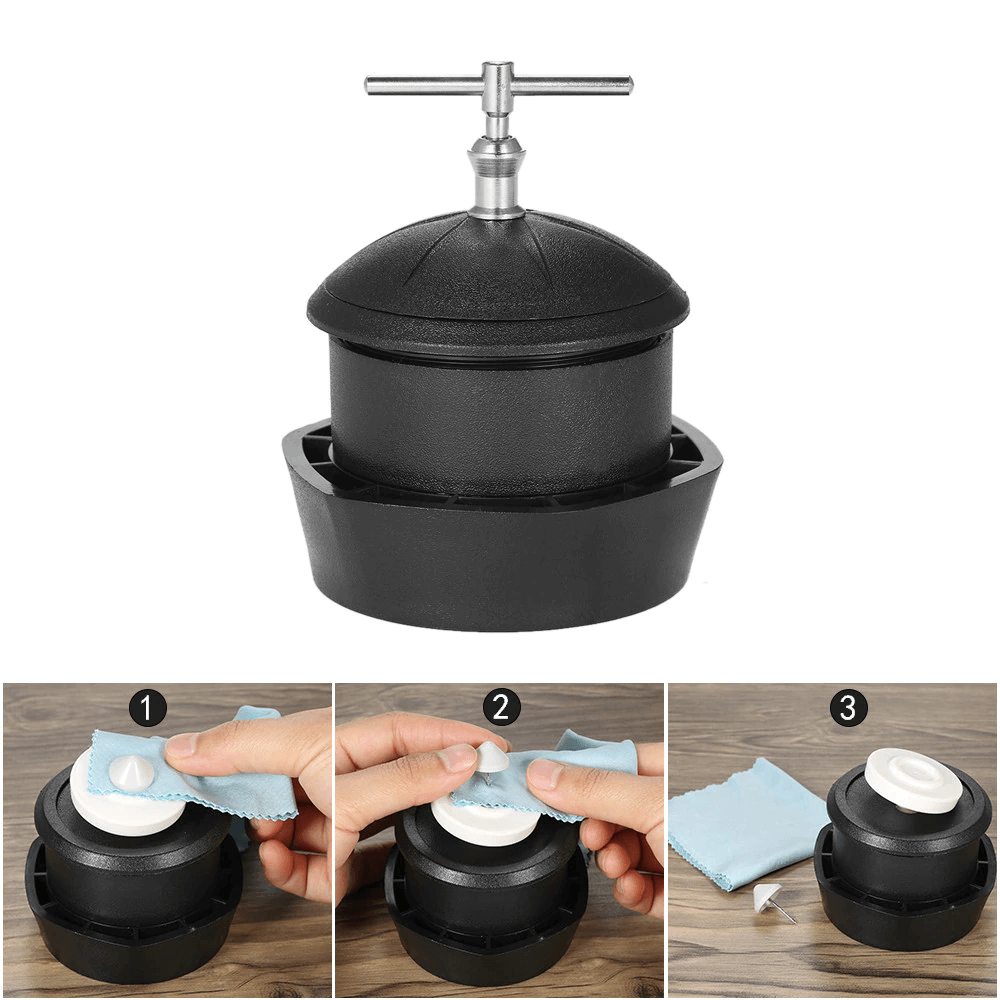
To remove the security tag, employees will use a deactivator at the POS integrated with barcode scanners. This process consists of 3 simple steps:
- Step 1: Employees use detachable equipment mounted or installed in counters at the point of sale (POS) system.
- Step 2: The splitter releases the security tag’s locking mechanism and removes it.
- Step 3: You can reuse your security tags on other products later.
How to deactivate magnetic security tags
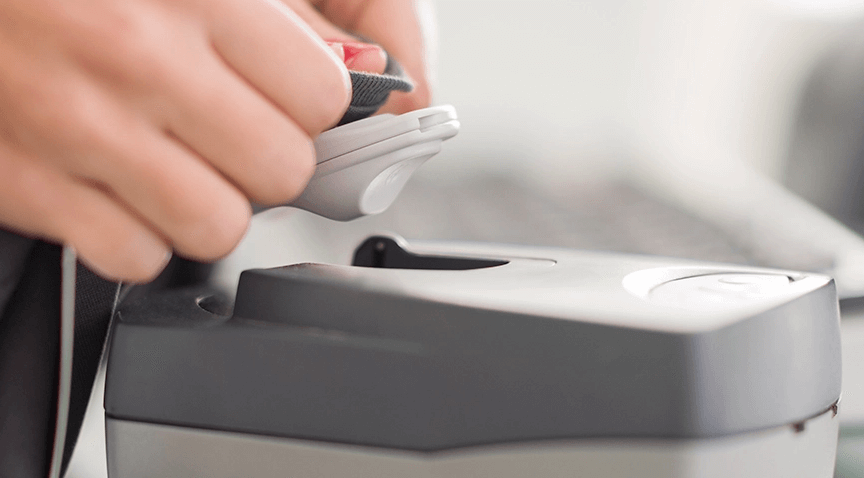
To deactivate magnetic security tags properly, you can follow our 5 steps:
- Step 1: Place the tag’s toner cartridge face down.
- Step 2: Pull the tagged garment away from the rest of the garment.
- Step 3: Thread the elastic around the latch of the security tag.
- Step 4: Hold the more significant part of the ink tag with one hand.
- Step 5: Use your other hand to pull out the latch.
Explore solution: Track & manage items in real time for better inventory visibility
Related questions
Do unscanned barcodes set off alarms?

No, unscanned barcodes don’t set off alarms. In contrast, all barcodes do not trigger an alarm. What triggers the alarm is the magnet. However, magnets are usually placed near the barcode so the cashier knows and can deactivate the magnet simply by scanning the item. That makes many people mistakenly think that unscanned barcodes set off alarms. Usually, magnets are found in products with high theft or expensive products. For example, a $5 item might also have a magnet if it’s susceptible to theft. It can also be on shopping carts or streetcars because retailers don’t want their assets to leave the building.
Do magnets set off store alarms?
Yes, magnets set off store alarms. Therefore, there are unexpected situations where the alarm goes off. For example, if the customer hasn’t stolen anything but the alarm goes off, the customer may unknowingly carry magnets. However, without theft detectors, security tokens would be useless. Detectors are usually located on both sides of each store exit. When the sensor passes the detection device, an alarm will sound. Thus, ensure you guide your cashiers on how to deactivate security tags in store correctly.
Will aluminum foil block security tags?

Yes, aluminum foil will block security tags. Therefore, it is often used to block sensors from catching signals sent by anti-theft devices. The primary reason is that several layers of aluminum foil can block radio signals. It gets creative with special bags lined with aluminum foil to avoid detection at the cashier. The bag looks very ordinary on the outside. Still, the aluminum foil lining gives it a superpower to pass through the anti-theft detector without turning it off. In the U.S., the average thief walks out with $438 per theft, and the chance of being caught is only 1 in 48. If you’re a severe retailer, you can’t ignore it.
Conclusion
Hopefully, after this article, you won’t have to wonder, “How do store alarms work?” anymore. Theft in your retail store can be highly damaging to your bottom line. Think about it. If you had a 10% profit on every sale you made, you would need to sell $2000 worth of extra product to cover the $200 theft loss. That is a big problem. So invest in theft prevention, keep a close eye on inventory levels, and you’ll prevent future losses. In addition, implementing an electronic article surveillance (EAS) system can become a more efficient and profitable retail business.















Alarms are really beneficial and they play a truly vital role in the security of your property, business, or store. They really help the security officers to be alert and sense that there is some kind of danger. I would really recommend installing security alarms in sensitive parts of your store, or in societies or anywhere where the purpose is served.